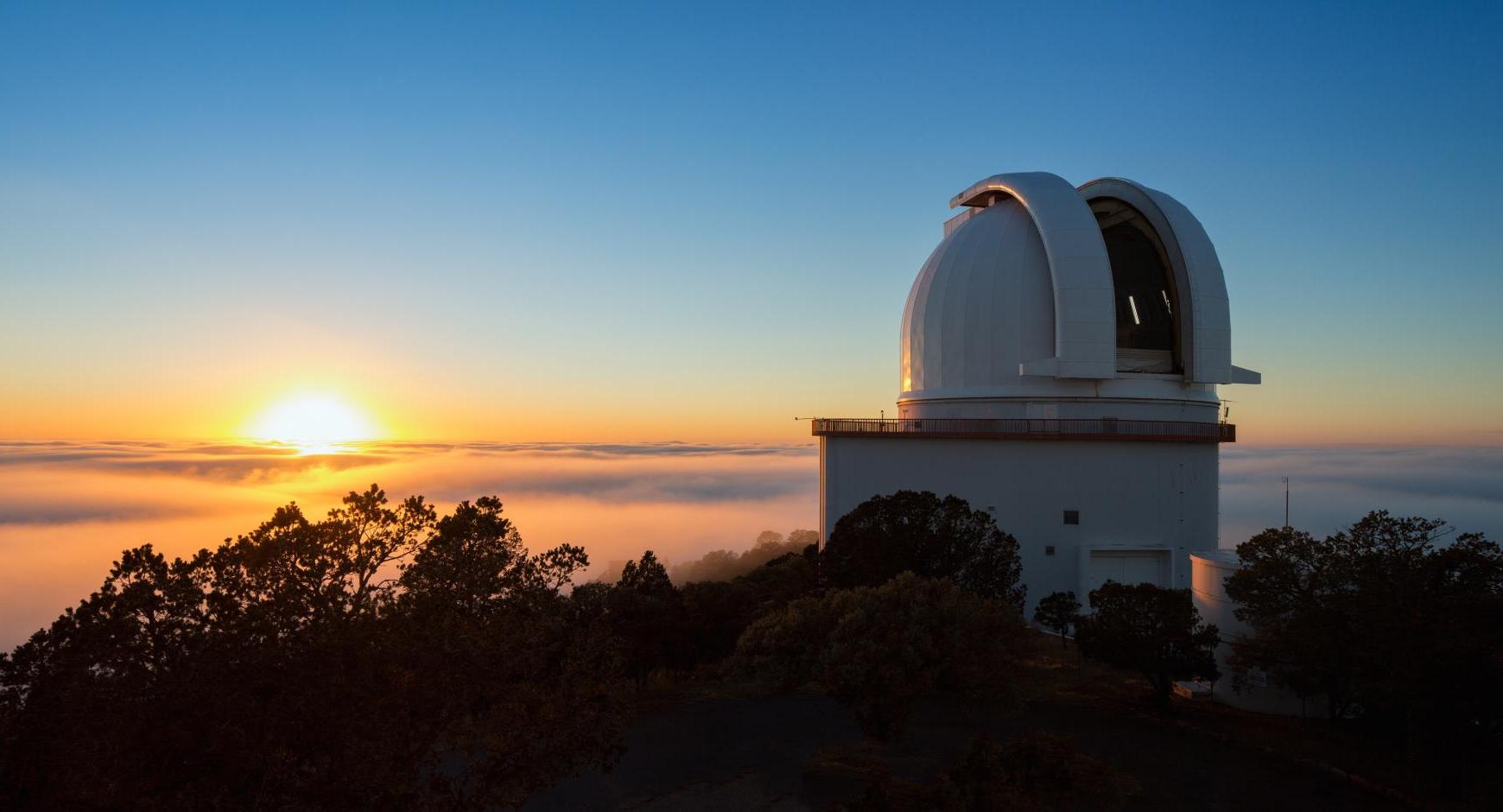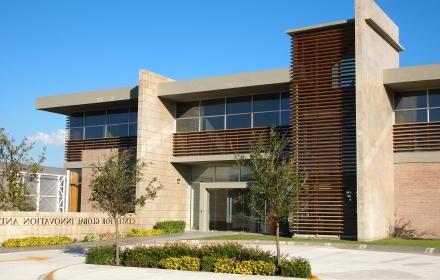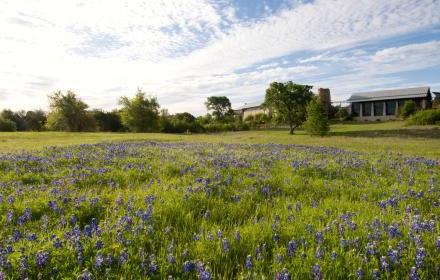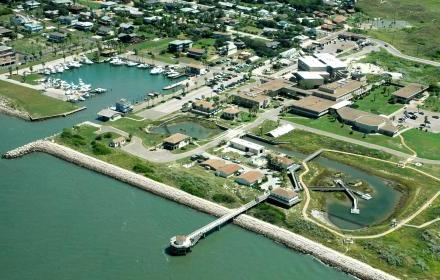
The Harlan J. Smith Telescope is a 107-inch (2.7 m) telescope located at the McDonald Observatory near Fort Davis, Texas. Ethan Tweedie Photography
In addition to the many research centers, groups, laboratories and services on our main campus, The University of Texas at Austin has state-of-the-art facilities spread across the city and state, including J.J. Pickle Research Campus and West Pickle Research Building, a dedicated research campus in northwest Austin; Lady Bird Johnson Wildflower Center, a stunning public garden and research space in southwest Austin; McDonald Observatory, one of the world's leading astronomical research centers in the Davis Mountains of West Texas; Marine Science Institute, the oldest marine research station on the Texas Gulf Coast; biological research stations on the Colorado River and in the piney woods of Smithville, Texas; and Center for Global Innovation and Entrepreneurship, a non-profit research center focused on technology-based entrepreneurship in Nuevo León, Mexico.

Biodiversity Center
UT Austin offers hundreds of acres of biological research stations. At the Brackenridge Field Lab and Stengl Lost Pines students and researchers study the interactions between life and the land. Meanwhile, the Center supports millions of specimens in its Biodiversity Collections housed at the Lake Austin Center, J.J. Pickle, and more.

Center for Global Innovation and Entrepreneurship
A nonprofit, self-sustaining portal through which students, researchers, businesses and knowledge flow freely between Texas and Mexico.

Lady Bird Johnson Wildflower Center
Research center in southwest Austin aiming to increase the sustainable use and conservation of native wildflowers, plants and landscapes.

McDonald Observatory
One of the world's leading centers for astronomical research, teaching, public education and outreach.

Marine Science Institute
The oldest and most significant marine research facility on the Texas coast, changing our understanding of the world's oceans and coasts.